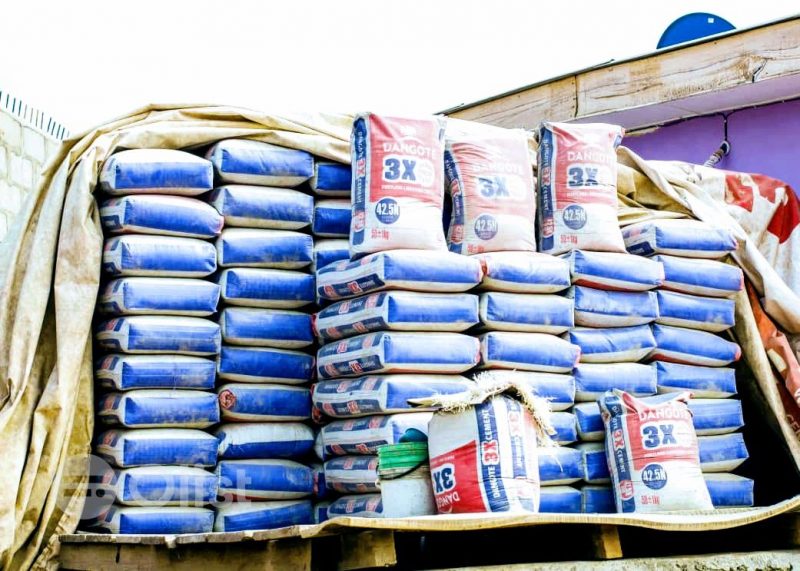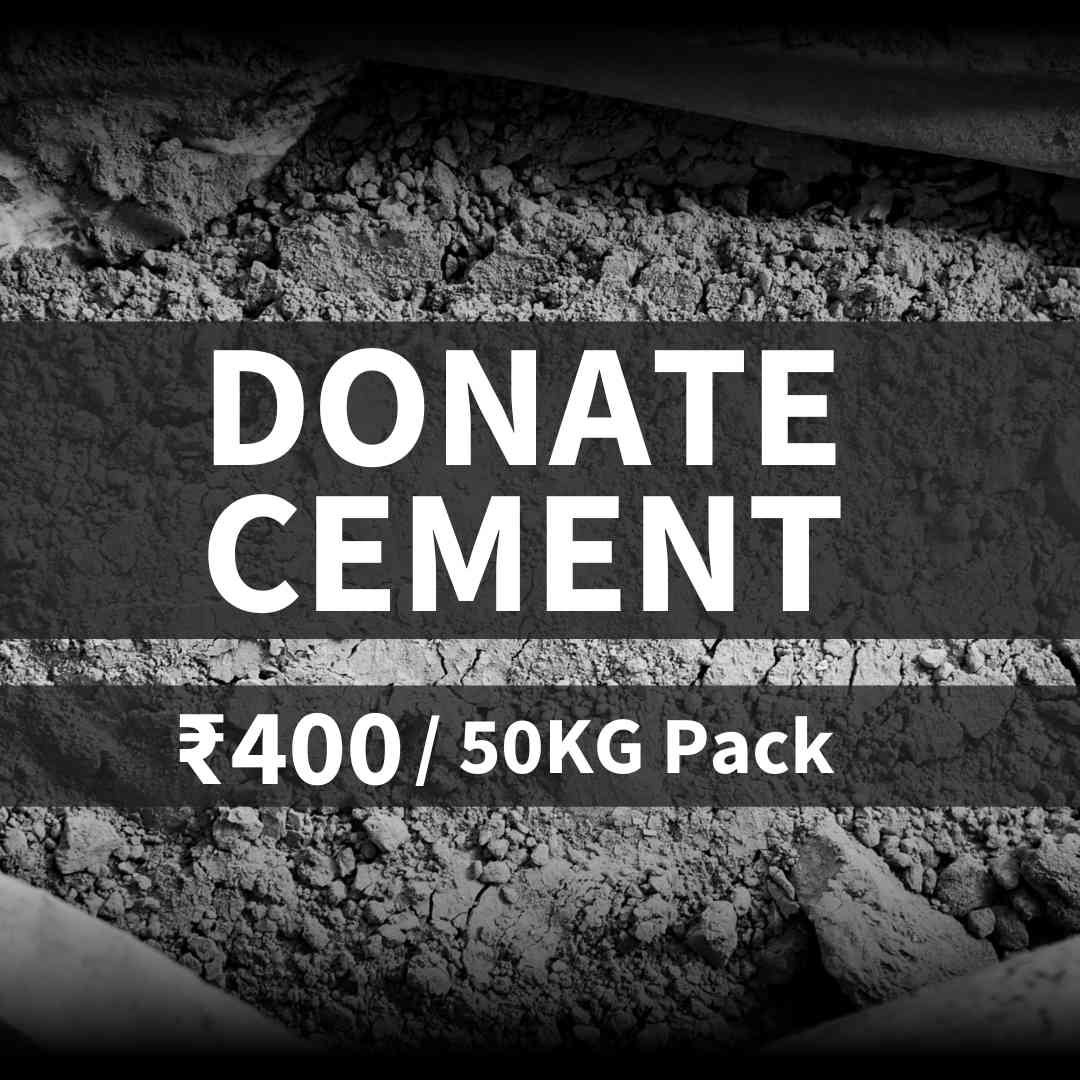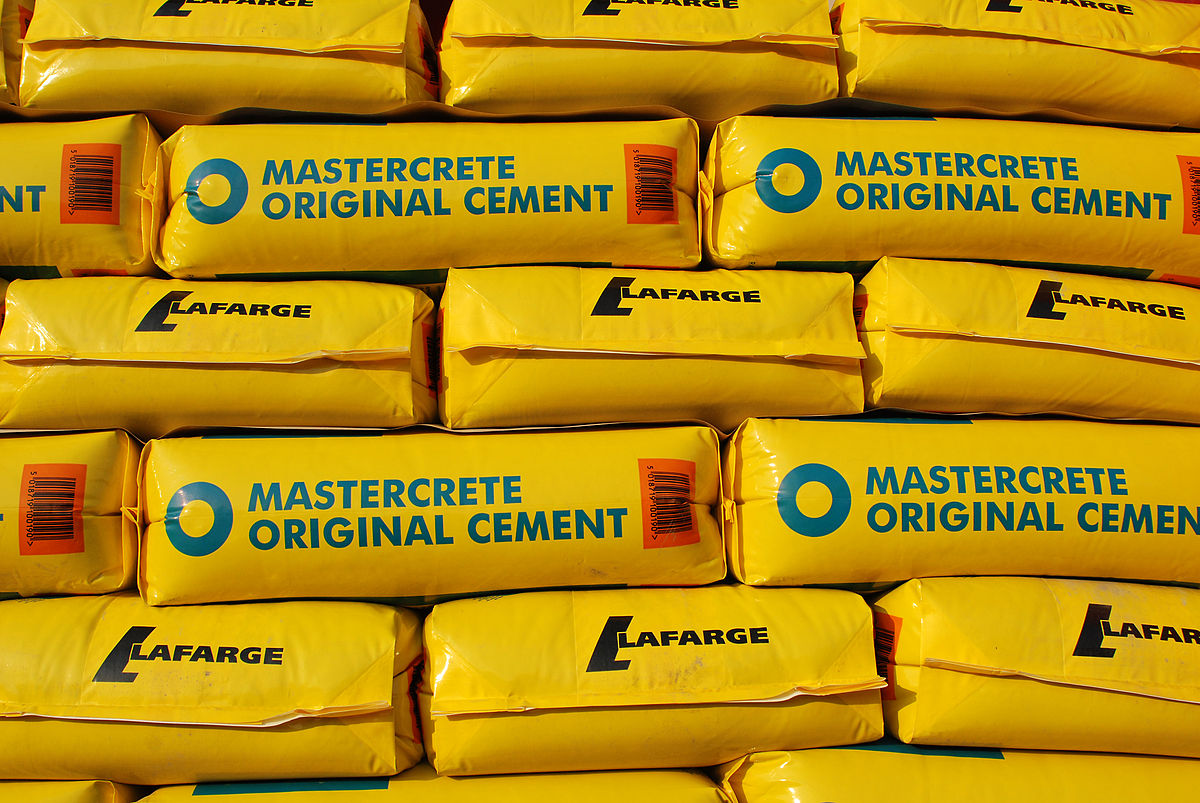Alright folks, if you're looking for the latest scoop on the price of a bag of cement in Nigeria, you've come to the right place. This ain't just another article filled with fluff; we're diving deep into the world of cement pricing, trends, and factors that influence the market. Whether you're a builder, contractor, or someone planning a home improvement project, this guide is for you. So buckle up, because we're about to break it all down in a way that's easy to digest and super informative. Let's get started!
Understanding the cost of cement in Nigeria is more than just knowing the numbers. It's about grasping the dynamics of supply and demand, the role of government policies, and the impact of global economic shifts. Cement prices can fluctuate wildly, and staying informed is key to making smart financial decisions. In this article, we'll cover everything from historical pricing trends to current market conditions, ensuring you're always one step ahead.
Now, before we dive into the nitty-gritty, let's address the elephant in the room. Why does the price of cement matter so much? Well, it's simple. Cement is the backbone of construction projects in Nigeria. From building homes to constructing infrastructure, it's a critical component. Knowing the price of a bag of cement can help you budget effectively, avoid unexpected costs, and even negotiate better deals. So, let's roll up our sleeves and get to it!
Read also:Tonsil Stone Jeremy Fragrance Unveiling The Mystery And Solutions
Daftar Isi
- Current Prices of Cement in Nigeria
- Historical Prices and Trends
- Factors Influencing Cement Prices
- Prices by Popular Cement Brands
- Seasonal Fluctuations in Cement Prices
- Impact of Government Policies
- Global Influences on Local Pricing
- Tips for Cement Buyers
- Future Outlook for Cement Prices
- Conclusion and Final Thoughts
Current Prices of Cement in Nigeria
As of the latest data, the price of a bag of cement in Nigeria varies depending on the brand, location, and availability. On average, a bag of cement can cost anywhere between ₦2,800 to ₦3,500. However, prices can shoot up during peak construction seasons or when supply chains are disrupted. Let's break this down further:
- Popular brands like Dangote Cement and Bua Cement often command higher prices due to their reputation for quality.
- Regional differences play a huge role. For instance, prices in urban areas like Lagos and Abuja tend to be higher compared to rural regions.
- Transportation costs also add to the final price tag. If you're purchasing cement in a remote area, expect to pay a bit extra.
It's important to note that these prices are subject to change. Always check with local suppliers or distributors for the most accurate and up-to-date information.
Historical Prices and Trends
Looking back at the historical prices of cement in Nigeria reveals some interesting patterns. Over the past decade, the cost of a bag of cement has steadily increased, primarily due to inflation, rising production costs, and increased demand. Here's a quick snapshot:
- In 2015, a bag of cement cost around ₦1,800.
- By 2020, prices had climbed to approximately ₦2,500 per bag.
- In 2023, the average price surged to ₦3,200, with some brands reaching ₦3,500.
These trends suggest that cement prices are unlikely to drop significantly anytime soon. Economic experts predict continued growth in the construction sector, which will further drive up demand and, consequently, prices.
Key Factors Driving Historical Price Increases
Several factors have contributed to the steady rise in cement prices over the years:
- Energy Costs: Rising fuel prices have increased the cost of production and transportation.
- Raw Material Prices: Limestone and other raw materials have become more expensive.
- Government Policies: Tariffs and taxes on imported materials have added to the burden.
Factors Influencing Cement Prices
The price of a bag of cement in Nigeria is influenced by a multitude of factors. Understanding these factors can help you anticipate price fluctuations and make informed decisions. Here's a closer look:
Read also:Exploring The Timeless Allure Of 1996 Makeup Trends
Supply and Demand Dynamics
Like any other commodity, cement prices are heavily influenced by supply and demand. During periods of high demand, such as the rainy season when construction projects pick up, prices tend to rise. Conversely, during slower periods, prices may stabilize or even drop slightly.
Transportation Costs
Transporting cement from production plants to distribution centers can significantly impact the final price. Remote areas with poor infrastructure often face higher transportation costs, which are passed on to consumers.
Government Policies
Government regulations, such as import tariffs and local production incentives, can also affect cement prices. For example, policies aimed at boosting local production may lead to lower prices, while import restrictions can drive prices up.
Prices by Popular Cement Brands
Not all cement brands are created equal, and this is reflected in their pricing. Here's a breakdown of the current prices for some of the most popular cement brands in Nigeria:
- Dangote Cement: ₦3,200 – ₦3,500 per bag
- Bua Cement: ₦3,000 – ₦3,300 per bag
- Ashaka Cement: ₦2,800 – ₦3,100 per bag
- WAPCO Cement: ₦2,900 – ₦3,200 per bag
These prices can vary slightly depending on the region and availability. Always compare prices from different suppliers to get the best deal.
Seasonal Fluctuations in Cement Prices
Seasonal variations can cause significant fluctuations in cement prices. Here's what you need to know:
- Rainy Season: Prices tend to rise during the rainy season due to increased demand for construction projects.
- Dry Season: Prices may stabilize or drop slightly as construction activity slows down.
- Holiday Periods: Expect prices to increase during major holidays when demand spikes.
Being aware of these seasonal patterns can help you plan your purchases more effectively and avoid paying premium prices.
Impact of Government Policies
Government policies play a crucial role in shaping the cement industry in Nigeria. From subsidies to import restrictions, these policies can have a direct impact on prices. Here's a closer look:
Subsidies and Incentives
Government subsidies for local producers can lower production costs, ultimately benefiting consumers. However, these subsidies are not always consistent and may be subject to change.
Import Restrictions
Restrictions on imported cement can lead to higher prices, as local producers may struggle to meet demand. This often results in a temporary spike in prices until supply catches up with demand.
Global Influences on Local Pricing
While the cement industry in Nigeria is primarily driven by local factors, global influences cannot be ignored. Fluctuations in global energy prices, raw material costs, and exchange rates can all impact local pricing. Here's how:
- Energy Prices: Rising fuel costs increase production and transportation expenses.
- Raw Material Costs: Global limestone prices affect production costs.
- Exchange Rates: A weaker Nigerian Naira can lead to higher import costs for raw materials.
Keeping an eye on global economic trends can help you anticipate potential price changes and plan accordingly.
Tips for Cement Buyers
Buying cement in Nigeria can be a daunting task, especially with fluctuating prices and varying quality. Here are some tips to help you make the right choices:
- Research Prices: Always compare prices from different suppliers before making a purchase.
- Check Quality: Ensure you're buying from reputable suppliers to avoid substandard products.
- Plan Ahead: Purchase cement during off-peak seasons to get better prices.
- Negotiate: Don't be afraid to negotiate, especially if you're buying in bulk.
By following these tips, you can ensure you're getting the best value for your money and avoiding unnecessary expenses.
Future Outlook for Cement Prices
Looking ahead, the future of cement prices in Nigeria appears to be a mix of challenges and opportunities. Economic experts predict continued growth in the construction sector, which will drive up demand and, consequently, prices. However, government policies aimed at boosting local production and reducing import dependency could help stabilize prices in the long run.
Global economic trends, such as energy prices and exchange rates, will also play a significant role in shaping the future of cement pricing. As Nigeria continues to develop its infrastructure and urbanize, the demand for cement is expected to remain strong.
Conclusion and Final Thoughts
Alright, we've covered a lot of ground here, folks. From understanding the price of a bag of cement in Nigeria to exploring the factors that influence it, we've delved deep into the world of cement pricing. Whether you're a seasoned builder or a first-time homeowner, knowing the ins and outs of cement prices can save you money and headaches.
So, what's the takeaway? Always stay informed, compare prices, and plan ahead. And remember, the cement industry in Nigeria is dynamic, so being adaptable is key. If you have any questions or thoughts, feel free to drop a comment below. Share this article with your friends and colleagues, and don't forget to check out our other informative guides on construction and building materials.
Until next time, keep building your dreams and stay sharp!


